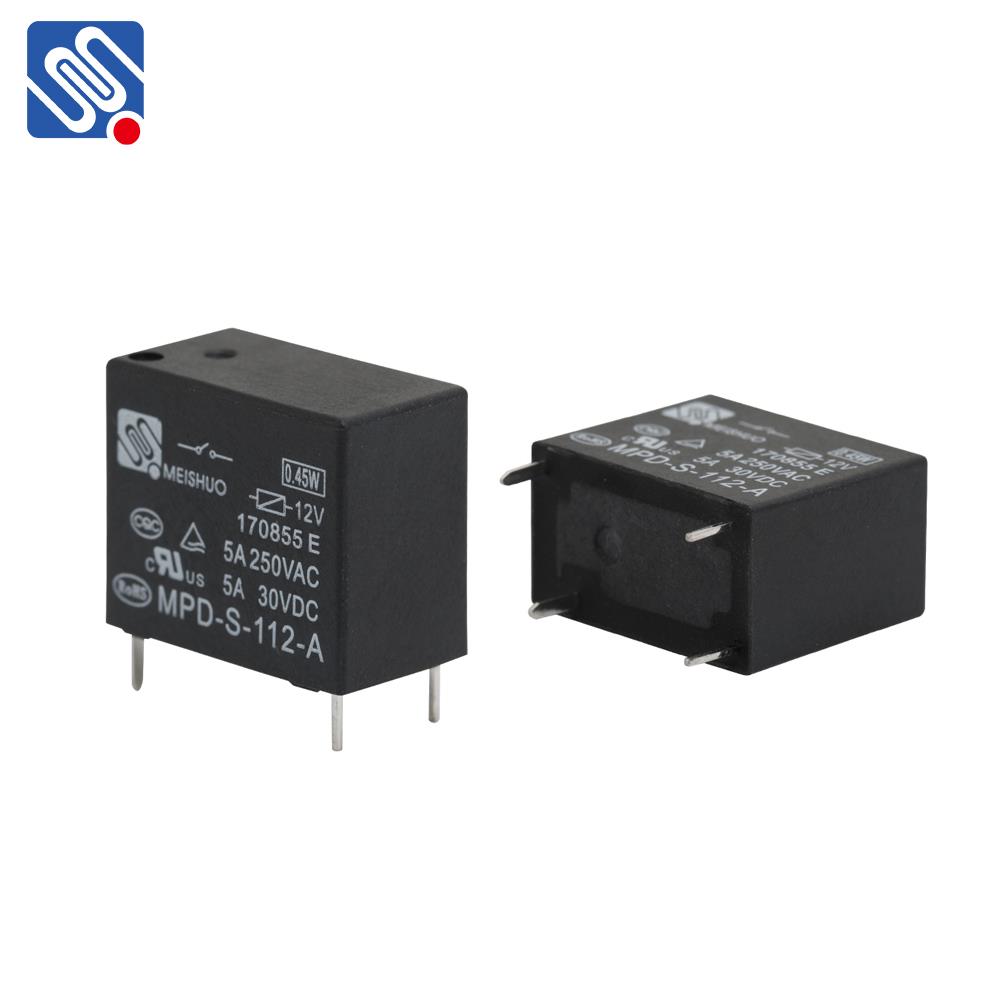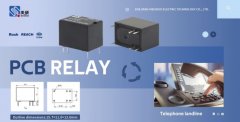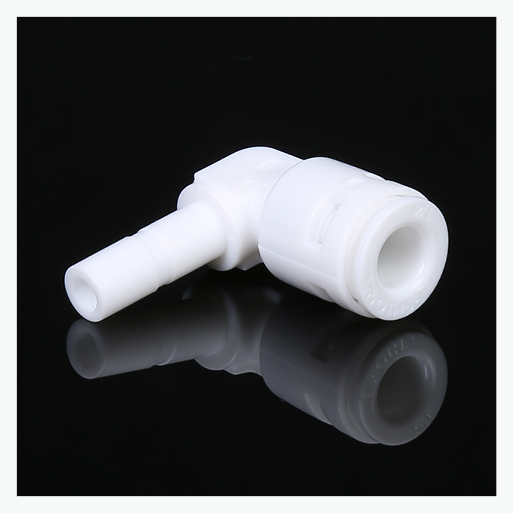Classification of relays 1
1) Electromagnetic relay: using the circuit inside the input circuit in the electromagnet core
An electrical relay that works with the suction force generated between the armatures.
2)
Solid state relay: A type of relay in which the electronic component
performs its function without mechanical moving parts, and the input and
output are isolated.
3) Temperature relay: A relay that operates when the outside temperature reaches a given value.
4)
Reed relay: a relay that opens, closes or switches the line by using a
reed action that is sealed in the tube and has the dual action of the
electric spring and the armature magnetic circuit.
5) Time relay:
When adding or removing the input signal, the output part needs to delay
or limit the time to close or open its controlled line relay until the
specified time.
6) High-frequency relay: A relay used to switch high-frequency, RF lines with minimal loss.
7)
Polarized relay: A relay that has a polarized magnetic field and a
control action that operates by a combination of magnetic fields
generated by the control coil. The direction of operation of the relay
depends on the direction of the current flowing through the control
coil.
8) Other types of relays: such as optical relays, acoustic relays, thermal relays, instrumentation relays, Hall effect relays, differential relays, etc.








 selena
selena  sales@msrelay.com
sales@msrelay.com 13968707033
13968707033
 +86-577-62518811
+86-577-62518811





